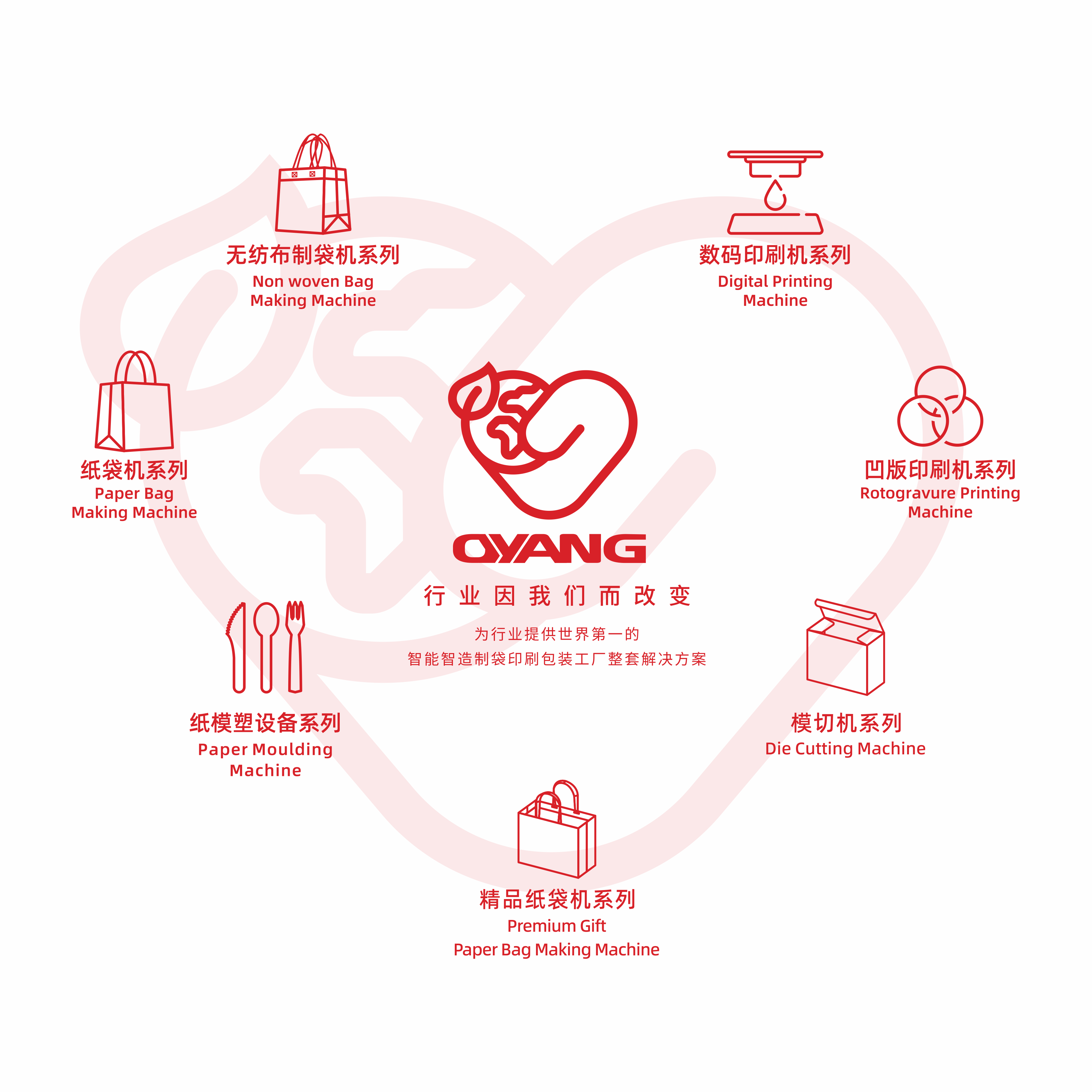Applications and International Market Trends of Non-woven Insulated Bags
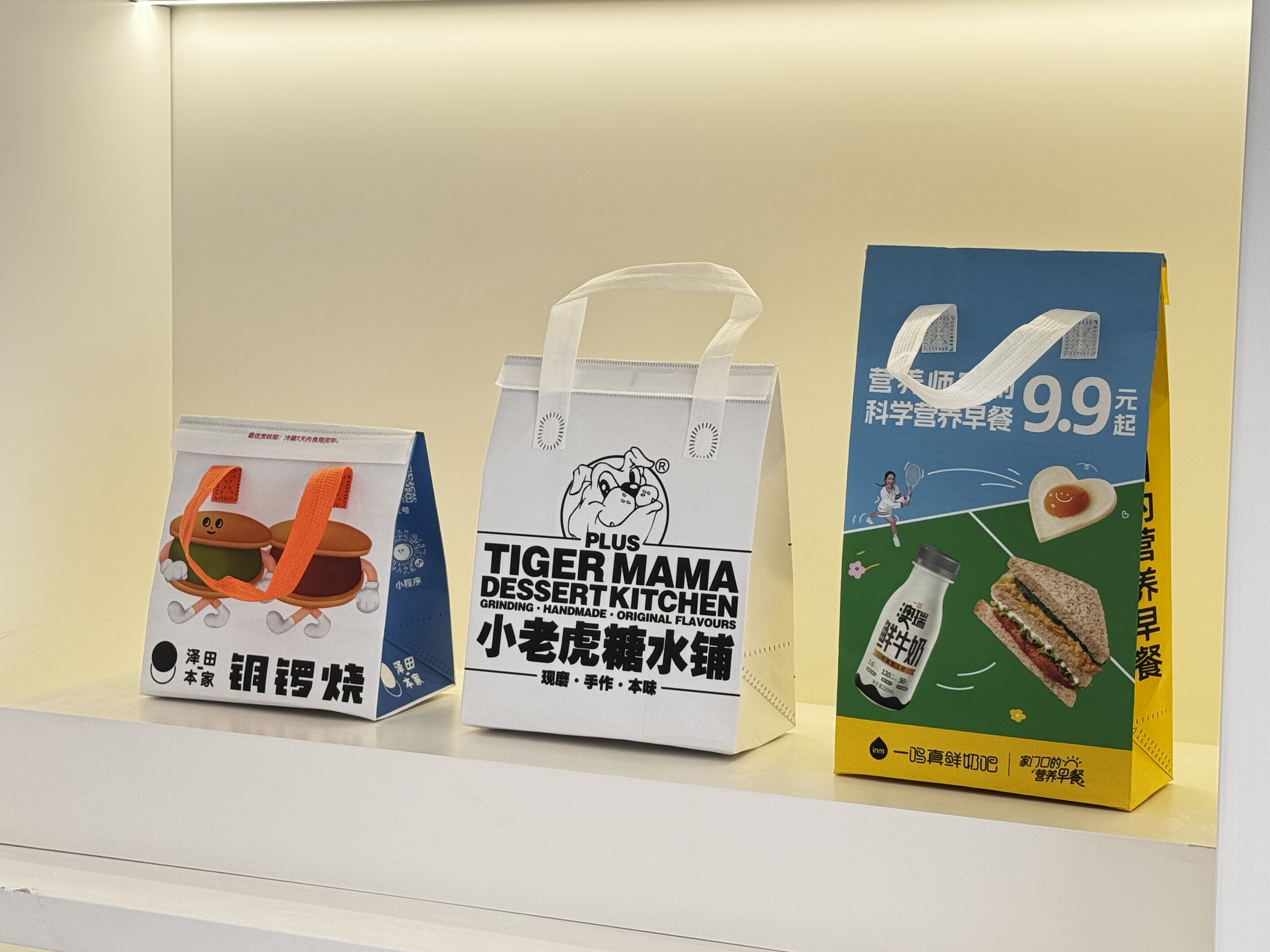
(1) Core Application Scenarios and Technical Characteristics
1. Food & Takeaway Delivery
Non-woven insulated bags have become essential in the takeaway industry due to their excellent thermal insulation (achieved via multi-layer composite structures, such as aluminum foil reflective layers, pearl cotton insulation, and non-woven outer layers). Brands like Starbucks and McDonald's have fully adopted these bags to maintain temperature stability for hot drinks and meals during delivery. They also feature water resistance and abrasion resistance, enabling dozens of reuses and significantly reducing costs of disposable packaging.
2. Fresh Produce & Cold Chain Logistics
In fresh e-commerce (e.g., Walmart, Hema Fresh) and cold chain transportation, non-woven insulated bags wrap frozen foods, dairy products, and vaccines, delaying temperature changes through physical insulation. Their lightness (1/3 the weight of traditional foam boxes) and foldable design greatly enhance warehousing and transportation efficiency. Some high-end products integrate smart temperature control technology, using built-in sensors to monitor temperature and trigger heating/cooling functions in real time.
3. Supermarket Retail & Promotional Scenarios
Supermarkets enhance customer experience through customized non-woven insulated bags (printed with brand logos and promotional messages). Retailers like Lidl in Germany and Carrefour in France procure over €200 million worth annually. These bags combine practicality with advertising value, as consumers use them for daily shopping or outdoor activities, creating a "mobile advertising" effect.
4. Medical & Special Industries
In healthcare, non-woven insulated bags transport biological samples, blood products, and pharmaceuticals, complying with medical standards like ISO 13485. Antibacterial treatments and sealing prevent cross-contamination, while some products include disposable temperature-sensitive labels to ensure transport compliance. Industrial applications (e.g., anti-rust packaging for auto parts) and agriculture (e.g., greenhouse seedling insulation) are also exploring their potential.
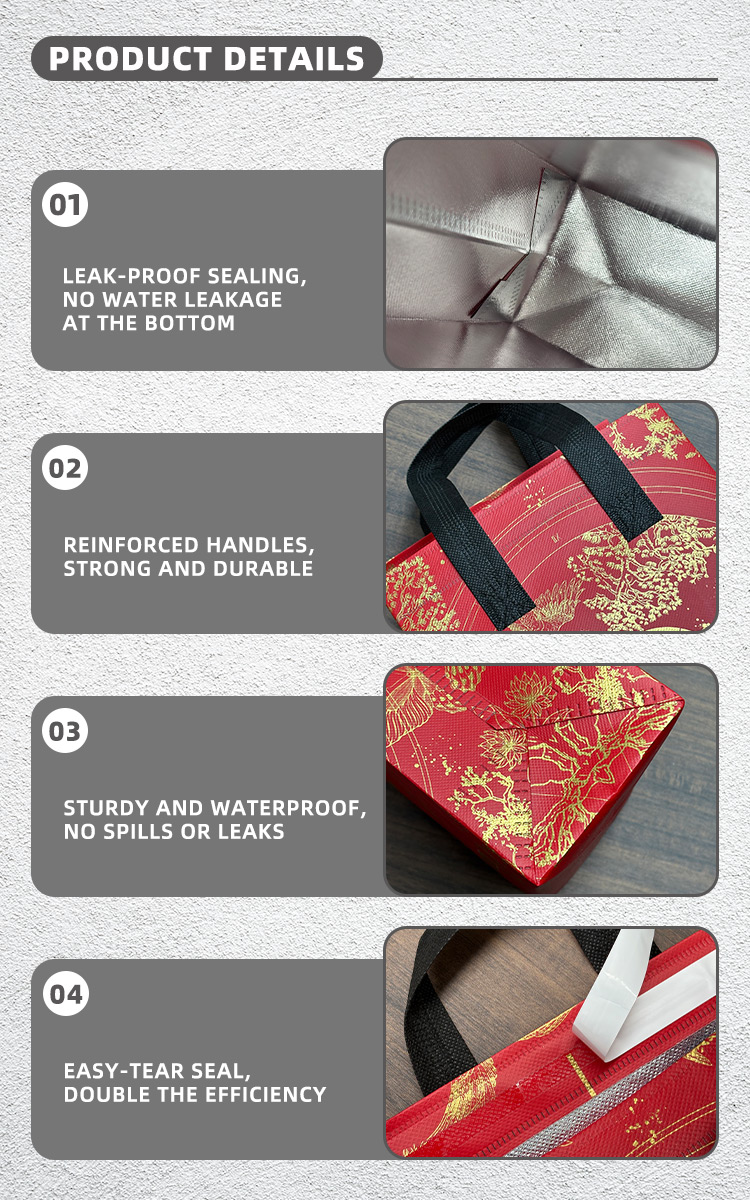
(2) Growth Engines and Regional Patterns in International Markets
1. Market Size & Growth Drivers
• Global Market: According to QYResearch, the global non-woven bag market will grow at a CAGR of 7.5% from 2025 to 2031, with sales expected to exceed ¥47.07 billion by 2031. As a niche category, non-woven insulated bags grow faster than the industry average, driven by takeaway, fresh e-commerce, and environmental policies.
• Key Drivers:
• Policy Regulations: The EU's Single-Use Plastics Directive (SUP) bans disposable plastic bags by 2025, directly boosting demand; China's upgraded "Plastic Restriction Order" drives annual takeaway demand to over 4.2 billion units.
• Consumer Behavior: 67.5% of Gen Z consumers pay 10%-15% premiums for eco-friendly packaging, pushing brands to adopt sustainable materials. On social media, insulated bags for milk tea and fast food gain "fashion item" status, expanding usage scenarios.
• Technological Innovation: Breakthroughs in biobased materials (e.g., PLA polylactic acid) and smart temperature control (solar heating, automatic insulation adjustment) enhance functionality and sustainability.
2. Regional Market Differentiation & Opportunities
• Europe: As the region with strictest environmental policies, the EU accounts for 43% of global non-woven insulated bag imports, with Germany and France seeing 37% and 29% growth (2024 data). The market prefers degradable materials (e.g., PLA-based non-wovens) and circular economy models (e.g., deposit-based recycling).
• North America: The U.S. and Canada focus on supermarket retail and takeaway, prioritizing durability and design. Enterprises like Walmart have fully adopted biodegradable non-woven bags, driving market premiumization.
• Asia: China dominates 60% of the global mid-low-end market with its complete supply chain, exporting ¥7.8 billion in 2024, mainly to Southeast Asia (29%) and the EU. Emerging markets like India and Vietnam are 承接 (undertaking) capacity transfers, intensifying competition.
• Emerging Markets: Regions like the Middle East and Africa show potential due to rising e-commerce penetration and environmental awareness, but infrastructure and payment capacity limit short-term growth.
(3)Technological Evolution and Industrial Upgrading Directions
1. Material Innovation: From PP to Biobased & Functional Materials
• Traditional Materials: Polypropylene (PP) non-woven remains mainstream for low cost and high strength, but its hundreds-of-years degradation cycle faces environmental controversy.
• Biodegradable Materials: Biobased non-wovens like polylactic acid (PLA) and PBAT are rising, decomposing in 3-6 months under composting conditions, complying with standards like EU EN 13432. Enterprises like Nanwang Technology have mass-produced PLA non-wovens, cutting costs by 19% compared to traditional materials.
• Functional Improvements: Adding antibacterial agents (e.g., silver ions), UV inhibitors, or phase-change materials (PCM) enhances weather resistance, hygiene, and smart temperature control.
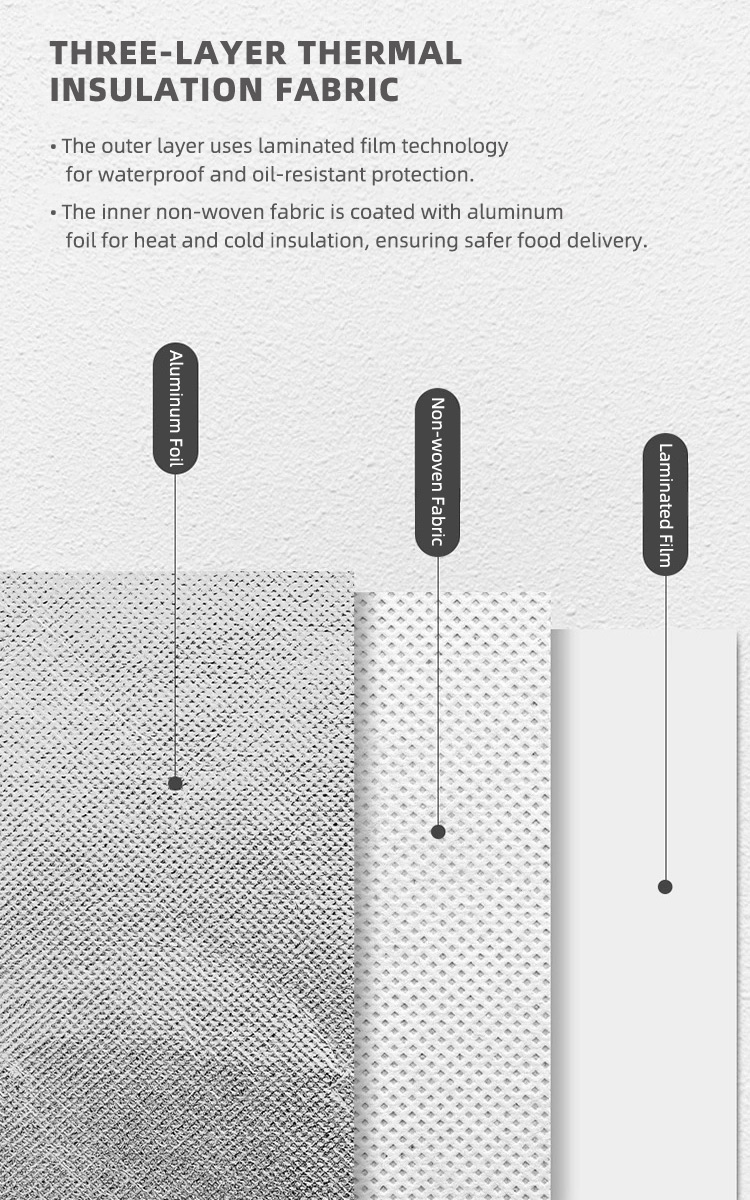
2. Manufacturing Processes: Intelligence & Intensification
• Automated Production Lines: Leading enterprises (e.g., Anhui Budaiwang) introduce fully automated bag-making and lamination equipment, with single lines producing 1 billion units annually, reducing labor costs by 40%.
• Green Manufacturing: Industrial clusters like Cangnan in Zhejiang achieve vertical integration (from PP pellets to end products), cutting production costs by ¥620/ton compared to the industry average, while promoting sustainable practices like photovoltaic power and wastewater recycling.
• Smart Packaging Integration: Some products embed RFID chips or QR codes for traceability, temperature recording, and user interaction (e.g., scanning for usage tutorials or promotions).
3. Business Model Innovation
• Circular Economy: The EU's Extended Producer Responsibility (EPR) requires enterprises to establish recycling systems. For example, some brands encourage consumers to return insulated bags through deposit systems, which are cleaned and reused.
• Customization Services: SMEs focus on niche markets like cultural creativity and festival themes, offering personalized printing and special sizes (e.g., insulated bags for baby bottles), with profit margins 7.3% higher than standard products.
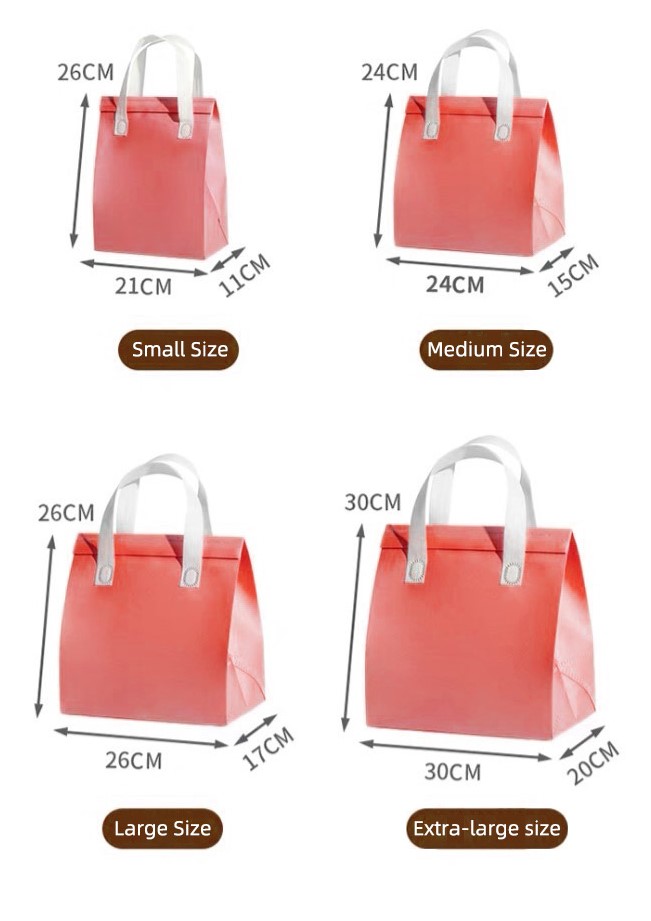
(4)Challenges and Response Strategies
1. Core Challenges
• Cost Pressure: Biobased materials (e.g., PLA) cost 30%-50% more than traditional PP and rely on agricultural supplies like corn and sugarcane, posing price volatility risks.
• Regulatory Compliance: Strict standards like EU REACH and U.S. CPSC lead content limits (≤100ppm) require rigorous testing, risking recalls for non-compliant materials or printing inks.
• Market Competition: Emerging manufacturing bases in Southeast Asia (e.g., Vietnam, India) 抢占 (seize) mid-low-end markets with low prices, while European and American enterprises dominate high-end sectors through patent barriers (e.g., 3D stereo insulation structures).
2. Breakthrough Paths
• Technological Cost Reduction: Increase R&D investment (e.g., Nanwang Technology's R&D spending grew 34% YoY in 2023), optimize PLA blending processes, and promote chemical recycling of waste non-wovens.
• Certification Endorsement: Obtain GRS (Global Recycle Standard), FSC (Forest Certification), etc., to enhance product premiums and meet ESG requirements of international purchasers.
• Differentiated Positioning: Develop functional products for specific scenarios, such as maternal & infant insulated bags (with built-in heaters and temperature sensors) or outdoor camping insulated backpacks (integrating solar charging).
(5). Future Trend Outlook
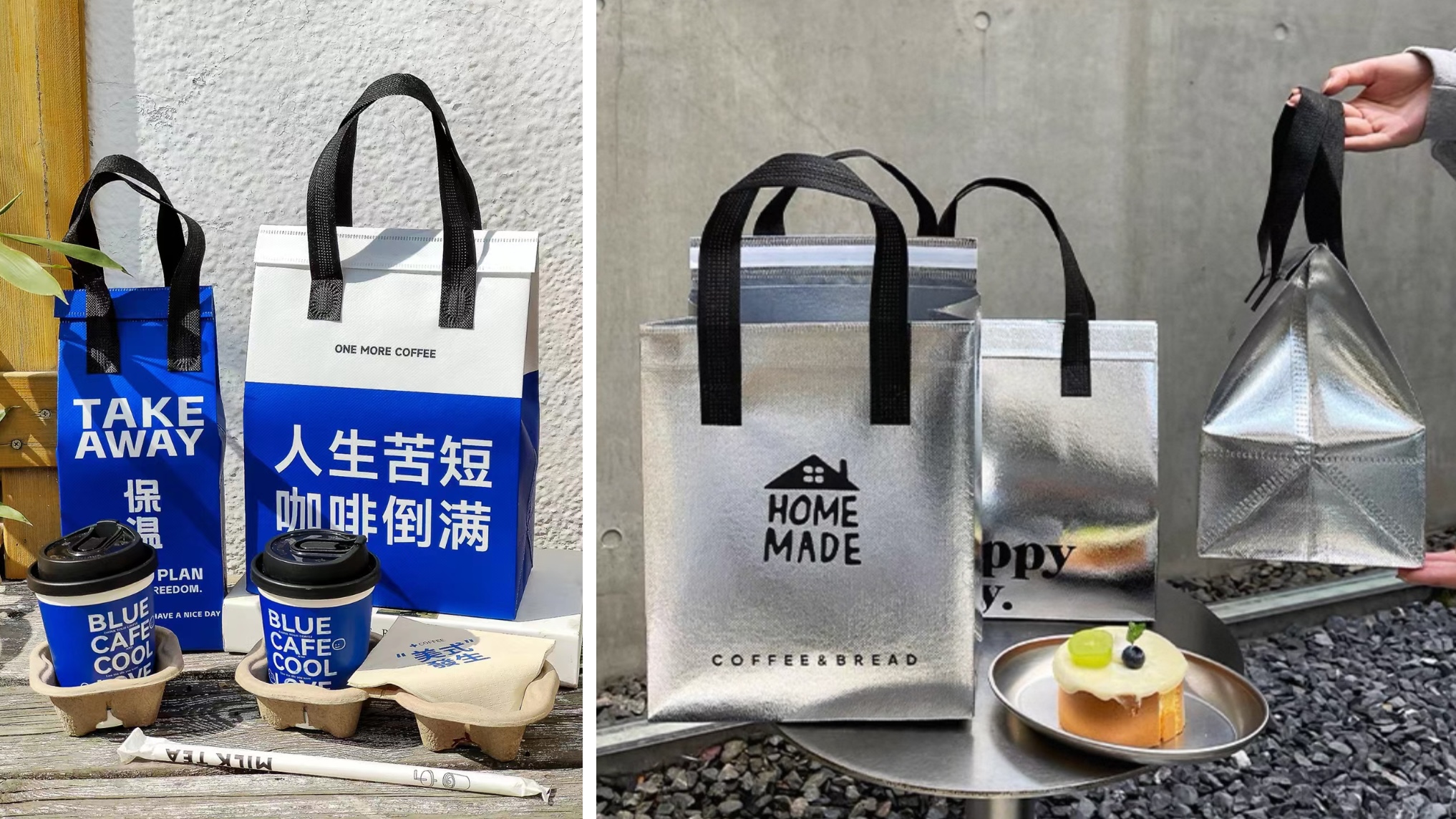
1. Market Scale: The global non-woven insulated bag market is expected to exceed ¥80 billion by 2030, with degradable products accounting for over 45% and smart manufacturing penetration reaching 60%.
2. Technology Integration: IoT will combine with insulated bags to enable cloud storage of temperature data, anomaly warnings, and intelligent scheduling, driving digital transformation of cold chain logistics.
3. Regional Reconfiguration: Chinese enterprises will break into high-end 欧美 (European and American) markets through overseas factories (e.g., Nanwang Technology in Malaysia) and technology export; emerging regions like Africa and Latin America will become new growth poles due to demographic dividends and rising e-commerce.
4. Policy Deepening: Global environmental regulations will shift from "plastic restriction" to "full lifecycle management," requiring enterprises to disclose metrics like carbon footprint and water consumption, forcing green industry upgrades.
Non-woven insulated bags are evolving from single-function packaging materials into comprehensive carriers of environmental concepts, technological innovation, and business models. In the future, enterprises must focus on "material innovation + intelligence + globalization" to build differentiated competitiveness within regulatory frameworks and seize opportunities in this green revolution.
